How to transplant an oak correctly?
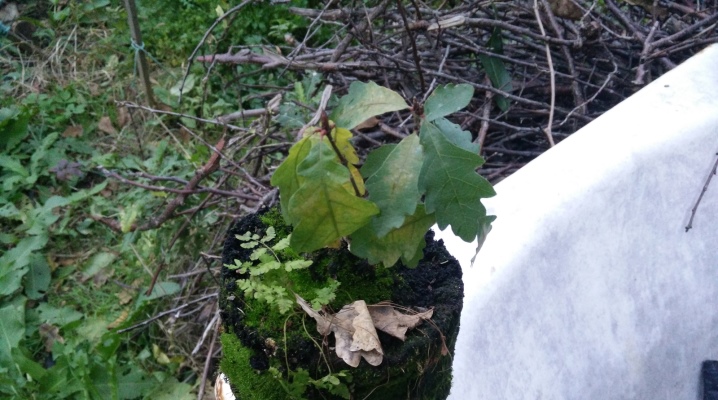
In Russia, the oak has long been considered a symbol of health and longevity. This tree often appears in Russian fairy tales, films, cartoons. That is why ordinary gardeners very often want to plant oaks on their plots. The easiest way is to transplant a young oak tree. We will consider the features of this process in the article.

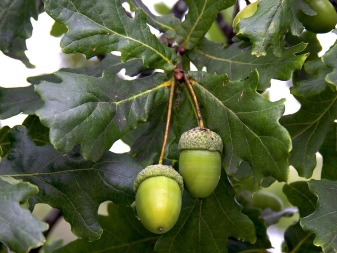
Pros and cons of culture
To date, scientists have more than 500 varieties of oak. They all grow at different latitudes around the world. The peculiarity of oaks lies in their longevity: many trees can stand for 300 years or more in one place. In addition, the culture can grow to an enormous size. The advantages of planting oak on the site are as follows:
- this is a very beautiful tree that will become an accent;
- culture will give a large crown, under which you can put a gazebo or even place a whole corner for relaxation.
The only downside is that the oak will grow greatly over time, becoming huge. Such trees need to be planted in spacious areas and away from buildings, otherwise the root system, powerful and durable, may well destroy the foundation.
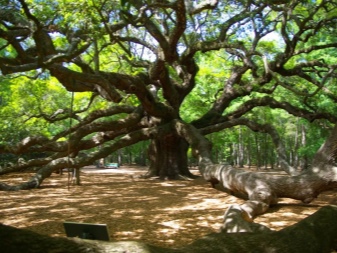
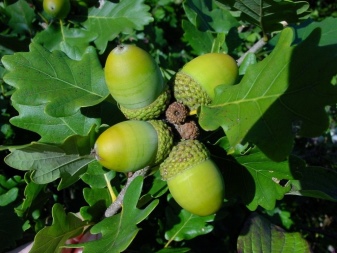
Timing
Some gardeners grow oaks directly from acorns. This is a very long and tedious process, so it is much easier to take a ready-made tree. Planting dates will depend on where the culture is growing.
- If the oak is taken from a nursery, then it must be planted in October. The alternative is early spring, before the sap flow begins.
- Saplings brought from the forest are planted in April or May. If everything is done correctly, specimens will take root even with blossoming leaves.
- A seedling grown at home from an acorn is transplanted in October or in March.
Separately, it should be said about the age of the oaks that are to be transplanted. Experts recommend taking seedlings no older than a year, otherwise there is a risk of damaging the roots. For nurseries, this problem disappears, since you will be given material ready for planting. But when it comes to forest dwellers, then you should be extremely careful.
Even an one-year-old oak tree already has roots of almost a meter, so you will have to dig it out meticulously, and it is better to take an assistant for this purpose.
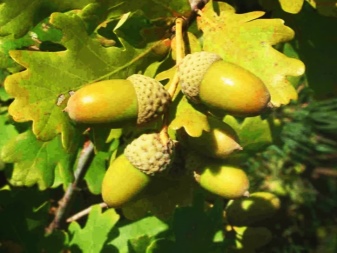

Transplant process
Transplanting a seedling begins with the selection of a place. This should be a ventilated area away from residential buildings. Keep in mind that an oak tree can grow 30 meters in height, or even more, so a location away from home is a must from a safety point of view. There are frequent cases when trees break under gusts of wind and storms, fall on houses, power lines.
It is also important to pay attention to the amount of sunlight. Mature trees do not react in any way to its excess or deficiency, but young oak trees will burn if they are exposed to ultraviolet light all day. If there is no choice, then they will have to be covered for some time. Having dug or bought a ready-made seedling, it must be properly transported to the house. Instances in containers will not cause problems, but seedlings with an open root system need to be wrapped in cloth.

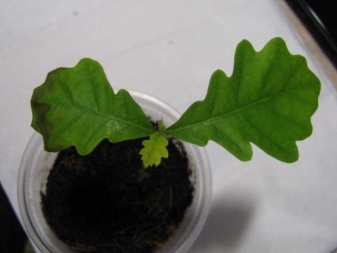
Make sure that the roots are located neatly, as there is a high risk of breaking them during transport. It is also important to remember that the tree must be planted as quickly as possible. If you have a long way to go, the cloth in which the roots are wrapped should be slightly moistened.But in no case should you lower the roots into the water, as they will simply rot. The preparation of the site begins a month before the purchase of the seedling. The selected area must be dug up, getting rid of weeds, residues of vegetation, foliage.
Then they dig a hole meter by meter, its depth should be 80 cm.
In this case, it is necessary to correctly divide the soil. The lower half is immediately set aside - it is no longer needed, but the upper half is kept. After that, the upper part of the soil is mixed with some other components:
- two full buckets of humus (can be replaced with compost);
- a kilogram of ash;
- lime and double superphosphate (1.5 kilograms each);
- chloride and potassium sulfate - 65 g each.
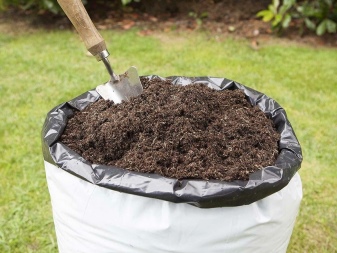
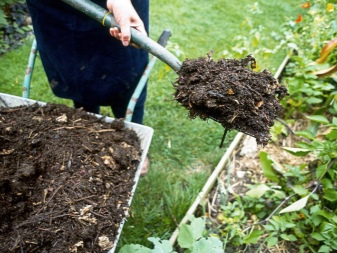
Then the resulting mixture is divided in two. Drainage is placed inside the pit: large pebbles or broken brick will be preferable here, after which the drainage is filled with soil mixture by half. A young oak tree is placed in the middle, not forgetting that the root collar should be above the ground (2.5 cm), fall asleep with the second part of the soil.
Thorough compaction of the soil is a must. The tree is watered using at least 10 liters of warm, settled water. If strong winds are foreseen, you can secure the oak tree by tying it up. The last step is mulching. The near-stem circle of the plant is mulched with fresh grass or peat.

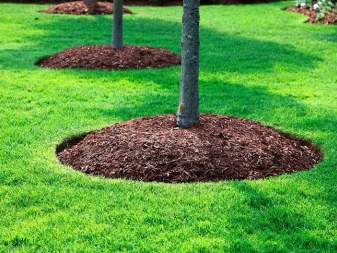
Follow-up care
Having transplanted an oak tree, one must not forget about caring for it. Let's see what recommendations experienced gardeners give on this score.
- Watering. The first 7 days after planting, the seedling needs to be watered every day, with a bucket of liquid per 1 square meter. Then the oak can be practically not watered, except in hot weather. In case of precipitation, all watering is stopped.
- Loosening. It is necessary to loosen the soil only in the first year of the life of the oak. This is important because the seedling is still young and may be affected by weeds. Mulch such as sawdust can reduce the need for loosening.
- Top dressing. Fertilizing the culture begins in the second year. Organics cannot be used, but mineral compositions are quite acceptable. One of the best means capable of feeding an oak well is Kemira-Universal. It will deliver all the necessary elements to the roots, contributing to their accelerated growth and correct development.
- Pruning. Sanitary pruning should be done regularly as it can renew the tree. This procedure consists in harvesting dry and non-viable branches and leaves. Once every 2 years, at the end of February, you can arrange formative pruning by pinching the stem growing in the center a little. The tree will stop growing for a while, but then it will become even more luxuriant and more beautiful.
- Preparing for winter. Mature trees do not need shelter for the winter. In the wild, oaks cope with wintering on their own and always survive. It is recommended to cover young specimens. The near-trunk circle is mulched with dry foliage, the twigs are carefully bent to the trunk and covered with burlap on top. In the spring, having opened a seedling, it is immediately checked. If a branch is frozen, it must be removed immediately by applying an antiseptic composition and garden varnish to the wound.
A beautiful and spreading oak can become the real pride of the owner of the site. A huge tree that has been growing for many years will delight not only the owner, but also his children, grandchildren and even great-grandchildren. It is more than easy to care for such a culture, so in any case it should be considered as an addition to a spacious plot.
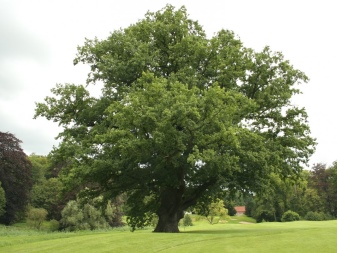
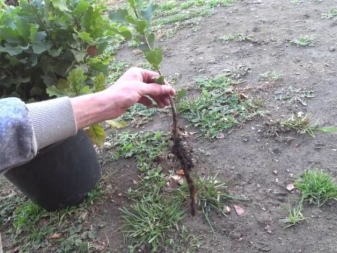
How to transplant an oak correctly, see the video below.



































































Thank you very much for the article, I will take it into account when transplanting from the forest next year.
The comment was sent successfully.